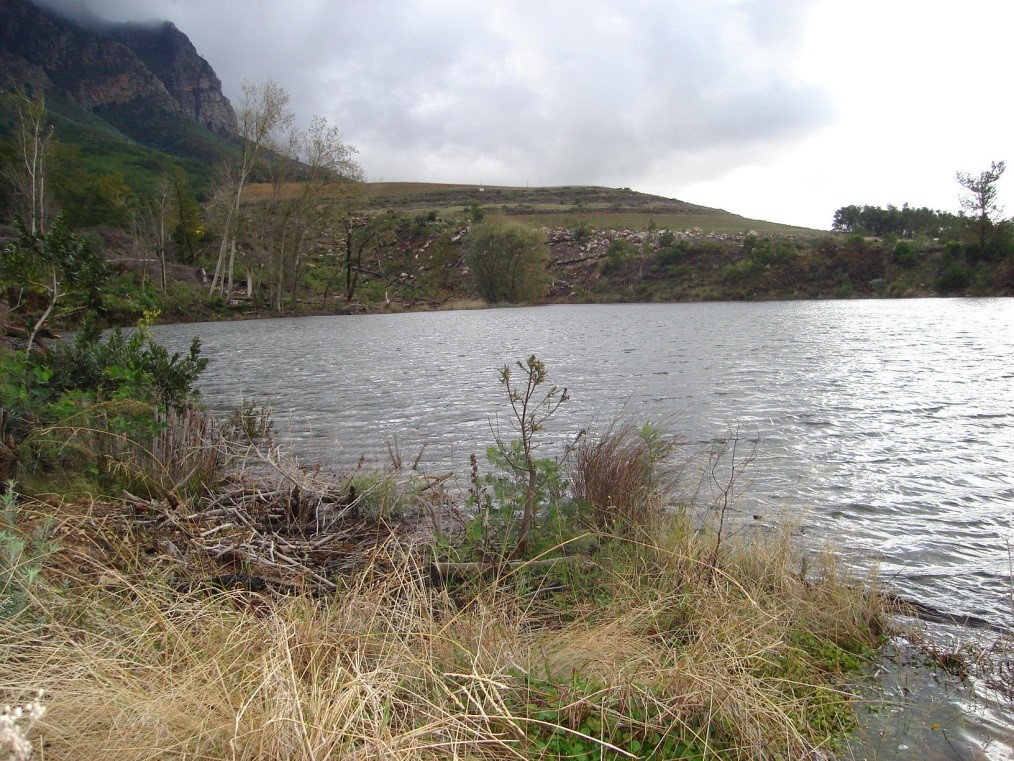
SIMONSBERG CONSERVANCY LEADING THE WAY IN CONSERVING WATER
With the current drought in the Cape Winelands on everyone’s minds, conserving water has become a major focus. However, some forward thinking, conservation-minded landowners have long been saving this critical resource.
The Simonsberg Conservancy was established way back in 2004 with the idea of rooting out our alien vegetation in order to bring back the natural fauna and flora of the area. With agricultural development, more and more indigenous plant species were under threat as cultivated land crept up the slopes of the Simonsberg.
Climate change and the resulting threat to water supply further encouraged these landowners, who realised that, by ridding their farms of thirsty aliens, their streams would flow stronger and the dam levels would rise.
The project of clearing alien vegetation started on Klapmutskop with five founder members – Delheim, Elsenburg, East Hill, Le Bonheur and Warwick. Since then it has grown to a 32 member organisation with an office and a manager in the form of Adèle Toua situated at Delvera Estate.

Over the last decade, Simonsberg Conservancy member Boschendal has reported a rise in dam levels and increased run-off into the Dwars River further down the valley.
The Greater Simonsberg Conservancy is a Non Profit and Public Benefit Organisation, with the aim of supporting its members in their conservation efforts, as well as providing employment in the surrounding communities.
The Conservancy works together with the government’s Department of Environmental Affairs’ _Environmental Branch-‘Working for Water’ Programme to provide funding for alien vegetation removal. Unemployed men, women and youths from the surrounding community are contracted to work in teams across the area, felling alien trees and pulling out smaller alien vegetation. Certain participants are given training in various skills, namely- chainsaw operation, correct herbicide application, first aid as well as health and safety, which allows them greater opportunities in the wider agricultural sector.
Every 3-6 months these teams visit designated sites on conservancy members’ farms, following up and eradicating the invasive alien plants. There are reports from farmers of the reappearance of rare, indigenous ‘fynbos’ and ‘renosterveld’ plants and bulbs, with dry river beds becoming bubbling streams and dams filling up.
“An adult Eucalyptus tree can use up to 400 litres a day!” explains Rudi Buys, manager of Uitkyk and an active member of the conservancy. “So it’s not hard to see that removing a row of these alien trees, puts a lot of water back into the system.”
Once these large trees have been cut down, the stumps are kept intact so as to anchor the soil and prevent erosion, and are treated with a registered herbicide so that they do not coppice. The wood is then chopped up by the contractor and sold back to the member landowners who process the wood into chips which are then spread on the vineyards as mulch, improving the soil’s water retention capacity.

Over the last decade, Simonsberg Conservancy member Boschendal has reported a rise in dam levels and increased run-off into the Dwars River further down the valley.
The members agree: “this is a long and laborious process!” but the hefty cost of removing aliens is easily balanced by the decrease in the cost of mulch and irrigation. Added to that the employment in the surrounding communities and associated accumulated skills earned and it’s a win-win.
Other areas in the Winelands have also caught on and are experiencing good success. Additional work is funded simply by providing paid access to mountain bike riders (MTB) on the rugged, scenic terrain of these farmlands, but the dent in alien invasives is noticeable and will eventually lead to an unqualified success in later generations.
- Julia Moore